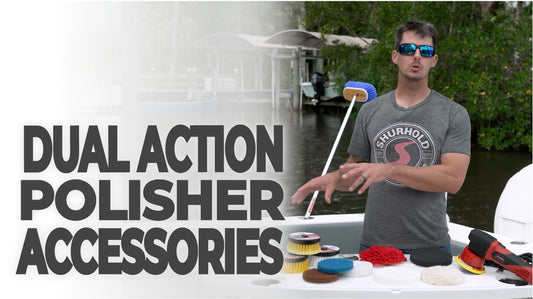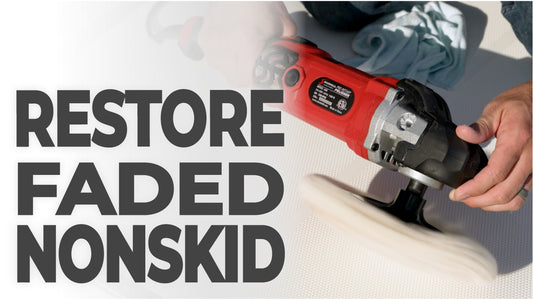Gaffs come in a number of sizes and types. Choosing the proper gaff will depend on the type and weight of a catch, as well as the height of the freeboard on the boat.
The gape of the hook is critical. This is the distance between the shank or handle of the gaff and the business end of this tool. These run from 8 cm for bottom fishing or dolphin in the 4.5 kg class up to 46 cm designed for bluefin tuna or marlin. Too large of a gape will miss a sleek-bodied fish, while too small of a gape tear the gaff free.
Small, Hand Gaffs
These gaffs are usually about 2.5 cm long with a wrist strap attached to its end. The lower lip of the fish is the target of this tool. Anglers should simply ease the hand gaff under the lower jaw while steadying the fish by holding the lead. Then, the gaff should be raised with a steady pressure to find the sweet spot between the jawbones. A hand gaff is best used for fish under 76 cm and/or 9 kg. Large fish can do serious damage to wrists.
Long-Handled Gaffs
Larger gaffs come in lengths from about 8 cm to over 30 cm, and they have a super-sharp stainless steel hook on the business end. When gaffing a fish on a long-handled gaff, anglers should align the fish head forward into the current parallel to the freeboard of the boat. Then, they should calmly lower the head below the fish as far forward as possible, but still behind the bony gill plates. The gaff should be raised with a strong yet steady pressure and anglers should never slash or stab at a fish.
Flying Gaff
Fishermen who target large marlin, shark or tuna use a flying gaff. This specialized version has a long rope tied to the base on the end of the gaff. When the fish is struck, a quick jerk on the pole separates the gaff hook, leaving the angler with what is now essentially a hand line.
Gaffing Tips
- Anglers must make sure the gaff hook is facing down and toward the boat as the fish is brought alongside.
- Anglers should always aim for the top of the fish toward the head for more control and to protect the meat.
- Once a fish is on the gaff, the angler should back off on the drag or disengage the reel with the clicker on.
- Fishermen should never attempt to gaff a fish that is too deep and beyond reach. They should be patient and wait for a clean shot.
- While waiting for the gaff, the angler should never lift the fish’s head out of the water.
- Anglers must purchase a high-quality gaff. This is no place to compromise.
Shurhold offers a stainless steel gaff hook as an attachment to our Handle System. This gaff is cast out of one piece and includes a safety spring guard to cover the sharp point when not in use. It's a fantastic backup for your main gaff, or a perfect choice if your limited on storage or only fish occasionally.



